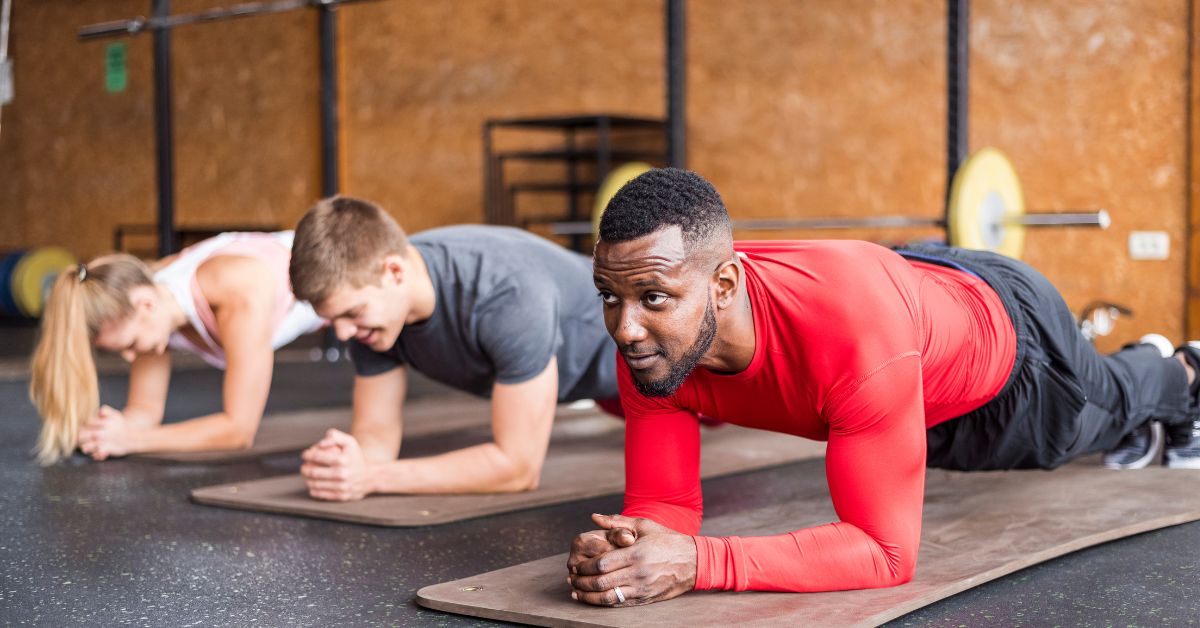If you feel some twinges in your knee when you’re active, you may have strained it. A strained knee doesn’t always have to stop you from staying active and doing what you love, though. Taping can bring stability to your knee. That way, you can move around without hurting yourself more.
This technique uses a special tape to help your knee move properly. But to get the best benefits of knee taping, it helps to know how it works and how to do it.
Knee strain vs. knee sprain
Knee strains happen at any age. You might suddenly twist your knee joint or have a direct hit to your knee. Both can cause a strain.
It’s easy to mix up a strained knee and a sprained knee, but they’re two different issues.
- A strain means a muscle or tendon in your knee stretches too much or tears. A tendon is a thick tissue that attaches a muscle to a bone.
- A sprain happens when a ligament stretches or tears. A ligament is a tissue that attaches a bone to another bone.
Symptoms of knee strain
Whether it’s a strain or sprain, you’ll need treatment to heal the problem. A strained tendon and a sprained ligament may have similar symptoms.
Your provider can diagnose a strain if you experience the following in your knee:
- Pain and tenderness
- Stiffness
- Swelling
A mild strain can heal within six weeks of resting and treatment. A more severe strain can take a few months to heal. To help the healing process, your provider may recommend knee taping to help the healing.
What is knee taping?
Knee taping can treat a knee strain, but it can also prevent one from happening. Knee taping can improve the symptoms of arthritis, too. It’s a skill that you’ll want to learn more about if you’re active at any age.
When applied correctly, the tape lifts the skin from the tissues below. At the same time, it creates compression or decompression of different muscles and tissues. This means it makes them feel tighter or looser, respectively. This type of taping trains your brain to move your knee in a better way.
Before you get started, you’ll need to purchase kinesiology tape. This is a stretchy type of sports tape designed to support and stabilize knee joints and muscle. You can find it in drug stores, online or in medical supply stores.
The knee taping process
If you’re experiencing general achiness and pain in your knee, try this taping technique:
- Bend your knee at a 90-degree angle.
- Put the end of a piece of tape on the bottom middle of your knee. Pull the piece up and over the middle of your kneecap towards your thigh. The tape should reach the top of your knee.
- Split this portion of tape starting at the top of your kneecap. Extend the split to just below your kneecap.
- Move the right-hand section of the V split to run along the outside edge of your kneecap. Rub it into place.
- Take the other section of tape and create a wider V by securing it along the inside of your kneecap.
- Take a second piece of tape that’s the same length. Place it vertically in the middle of your knee between the first two pieces of split tape.
- Split this second piece of tape from the bottom of your knee up this time. This creates another V. Secure the outer section of the V to the edge of your kneecap. Cross it over the tape that’s there.
- Repeat this with the second split portion on the other side of your knee.
- Straighten out your knee. You’ll find your kneecap poking through a diamond shape the tape created. The tape should crinkle up just a bit. That means you’ve applied the correct pressure.
The tape can stay on for three to five days, even during showering. However, try not to become reliant on the tape. Talk to your provider if you find you need to use the tape for weeks at a time.
Learn more about the knee care and sports medicine services we offer at Bon Secours.





